
Max Purcell 18-Month Anti-Doping Ban: A Painful Breach, A Lesson Learned
Australian doubles star Purcell reflects on anti-doping breach and 18-month ban that “seriously affected” his life
For Max Purcell, a player known more for his deft touch at the net than for controversy, the last few months have been a personal nightmare. The two-time Grand Slam doubles champion, who reached the pinnacle of tennis at Wimbledon in 2022 and again at the 2024 US Open, now finds himself serving an 18-month suspension for breaching anti-doping regulations — not for testing positive for any banned substance, but for falling foul of the rules in another way.
The breach? Receiving intravenous vitamin infusions that exceeded the allowable volume limit.
And while the method may sound harmless at first glance, the consequences have been anything but.
A Technical Violation — With Real-World Fallout
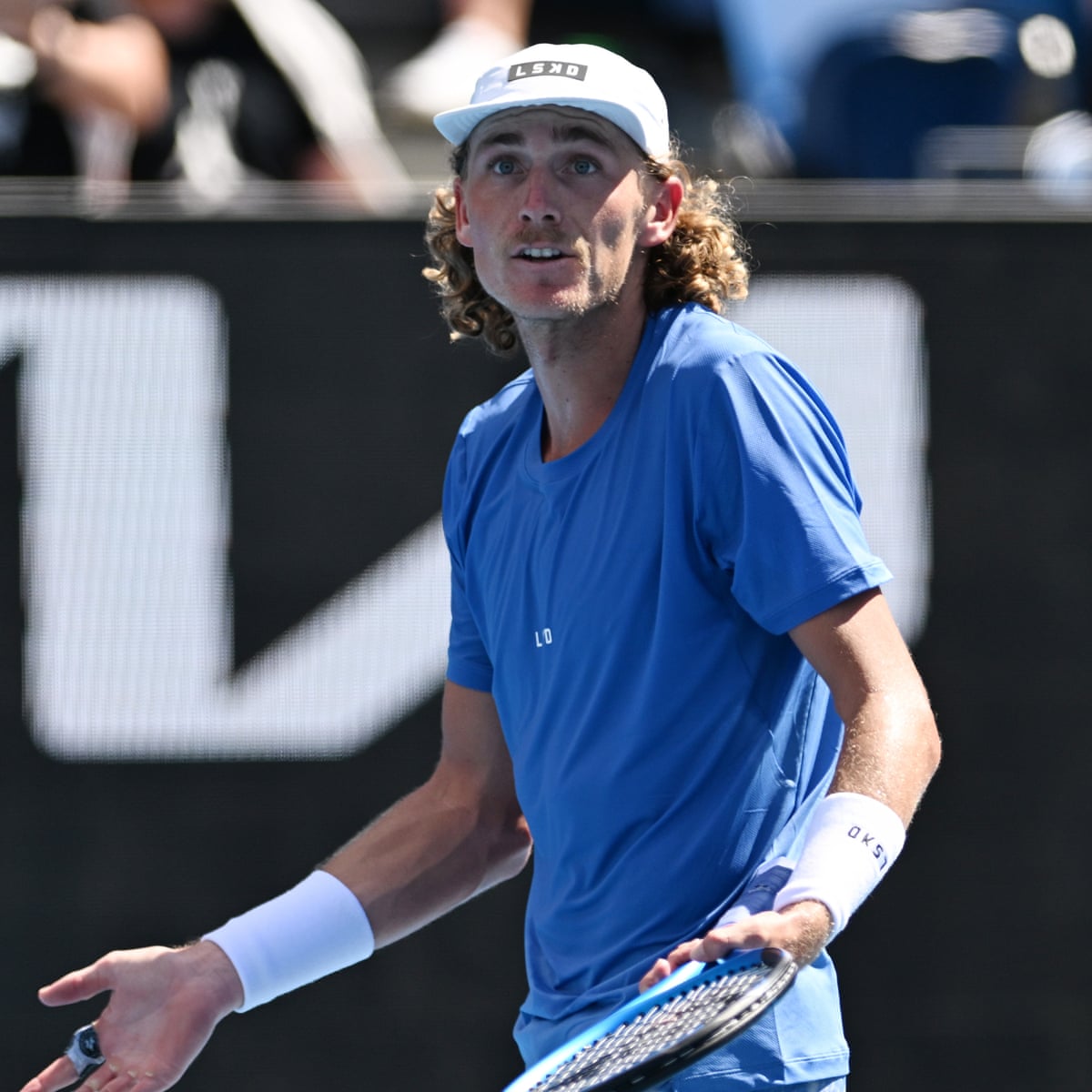
Australian doubles ace Max Purcell accepts 18-month ban for anti-doping breach
The 27-year-old Australian was provisionally suspended in December 2024 and has now accepted the full 18-month ban after admitting to the use of a “prohibited method” under the Tennis Anti-Doping Programme (TADP). Specifically, Purcell received intravenous infusions of more than 500ml on two occasions — 16 and 20 December 2023. The permissible limit under anti-doping rules is 100ml per 12-hour period, unless there is a medical exemption — which Purcell did not have.
There was no evidence of performance-enhancing drugs, no failed drug test, and no suggestion of cheating in the traditional sense. But under the strict regulations of the World Anti-Doping Code, the method itself — even if it involves only vitamins — is enough to trigger a violation.
A Toll Beyond the Tennis Court
In a candid and emotional social media statement, Purcell opened up about the toll the investigation has taken on his mental health.
“This case has been going on for months, seriously affecting my quality of life,” he wrote. “From being unable to sleep and eat properly, and refusing to be by myself, to developing nervous and anxious tics which I still currently battle day to day.”
It’s a rare insight into the emotional weight of an anti-doping process. Far from the image of a guilty athlete dodging accountability, Purcell presents himself as someone overwhelmed by fear and uncertainty.
“I couldn’t sit and enjoy anything without the thought of the case and the endless possibilities of what sanction I would receive. I was nothing but co-operative with the ITIA,” he added.
The International Tennis Integrity Agency (ITIA) confirmed this, stating that Purcell’s full cooperation and willingness to share information helped reduce his sanction by 25%.
A Ban Backdated, but Career Momentum Interrupted
Purcell’s ban, which officially runs through 11 June 2026, has been backdated to account for the time he has already served since his provisional suspension began in late 2024. Additionally, he will forfeit any ranking points and prize money earned between his first rule breach on 16 December 2023 and the date of his first subsequent clean doping control sample on 3 February 2024.
It’s a blow for a player who had enjoyed a career resurgence in recent years. Alongside his doubles success, Purcell had also begun to make strides in singles, breaking into the top 100 and competing more regularly on the ATP Tour.
Now, he’ll be forced to sit out key parts of the tennis calendar, including multiple Grand Slams and likely a full season of tour-level play.
The Message from the ITIA: Rules Are Broader Than Just Substances
“This case does not involve a player testing positive for a prohibited substance but demonstrates that the anti-doping rules are broader than that,” said Karen Moorhouse, CEO of the ITIA.
“It also shows that the ITIA considers intelligence from a range of sources with the overriding aim to protect everyone covered by the tennis anti-doping rules, and ensure a level playing field for all.”
Her comments underline a shift in how modern anti-doping enforcement operates. It’s no longer just about urine samples and positive tests. It’s about methods, monitoring, and adherence to a code that governs all athlete behaviour — even when intent isn’t malicious.
Purcell Not Alone in Facing Sanctions
Purcell’s case follows a string of recent high-profile doping-related sanctions in the tennis world. Just weeks earlier, five-time Grand Slam champion Iga Świątek accepted a one-month ban after testing positive for a banned substance. World No.1 Jannik Sinner, too, faced a three-month ban for his own anti-doping violation, though like Purcell, his case was resolved through cooperation and settlement.
These cases highlight that even tennis’ biggest names are not immune from scrutiny, and that breaches of any kind — whether through substances or methods — can lead to real consequences.
Moving Forward: Redemption and a Return?
For now, Purcell seems ready to put the ordeal behind him.
“I’m glad this is finally over for me,” he wrote. “I can move on with my life.”
There’s something admirable in the honesty of his words. This wasn’t a carefully crafted PR spin. It was a human reaction to a deeply distressing chapter in his life and career. And while the 18-month ban is a heavy sanction, it also offers a window for reflection, recovery, and ultimately, redemption.
Come June 2026, Max Purcell will be 29 — still young enough to return to the tour and compete at a high level. The question now is how he channels this experience.
Tennis, like life, is full of comebacks. This may yet be the beginning of another.

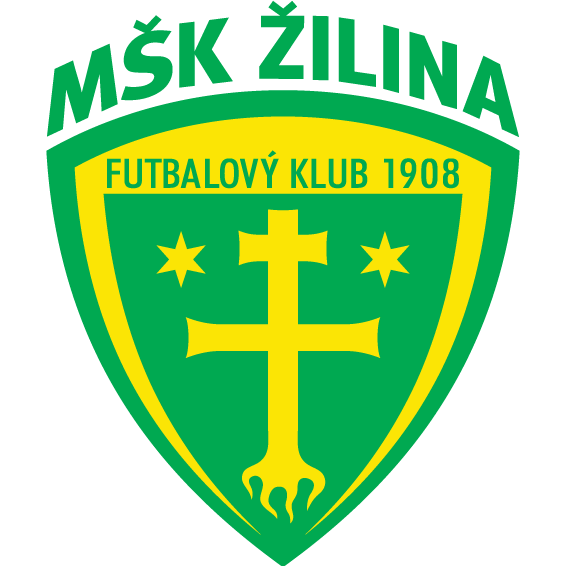
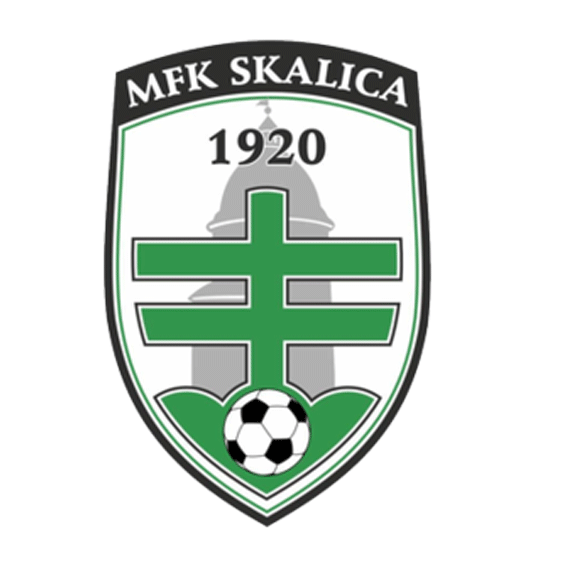
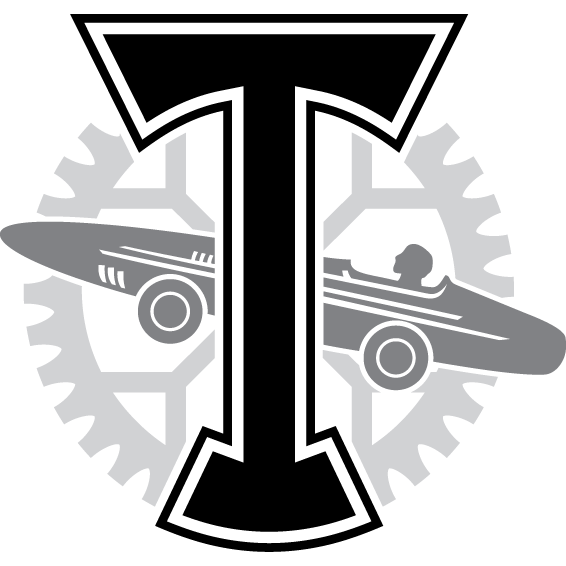

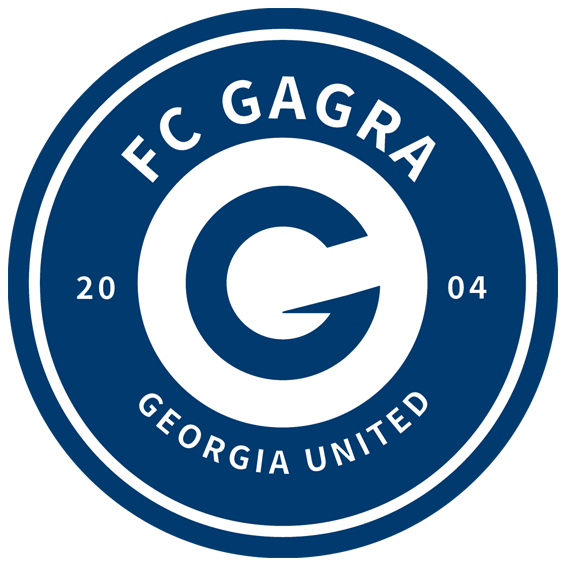
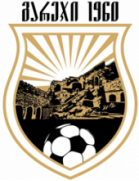
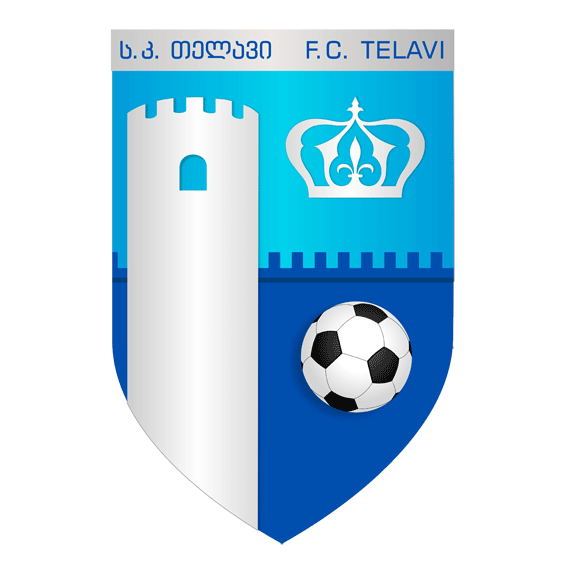
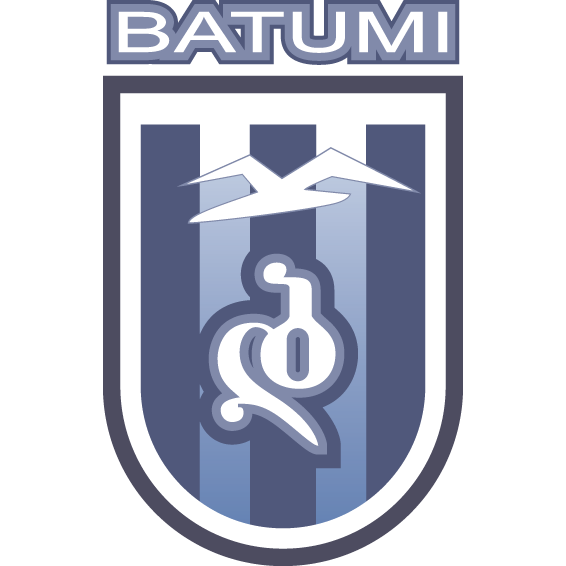

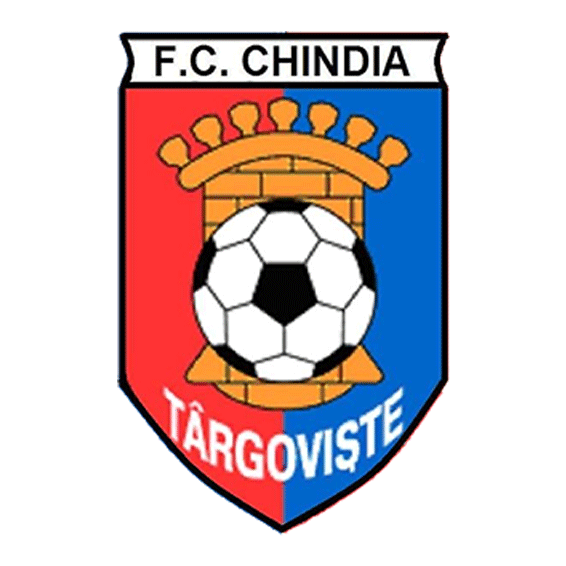

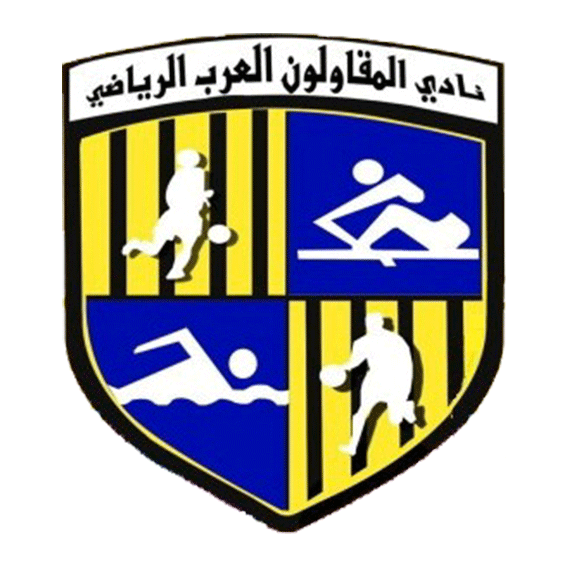

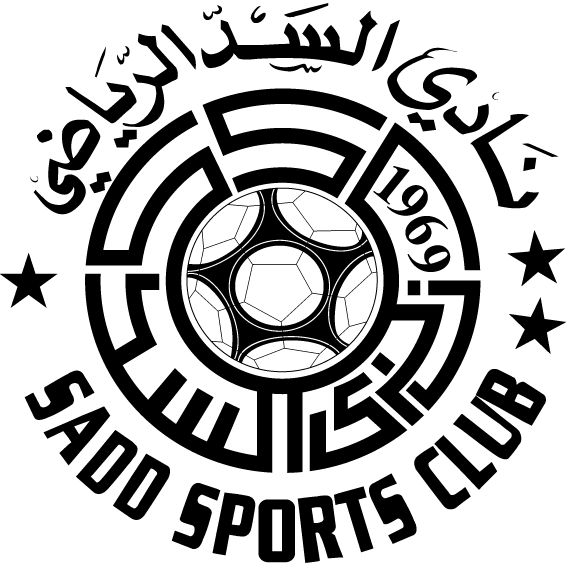
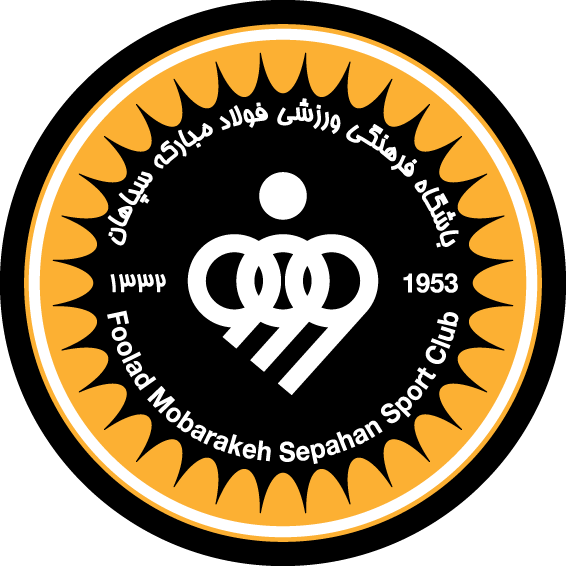
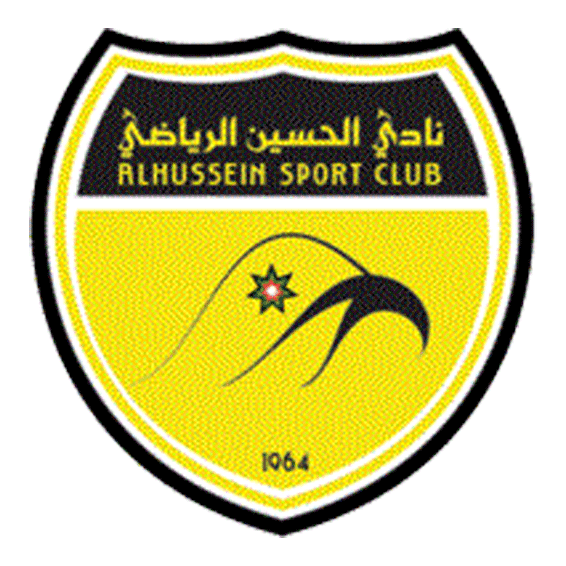


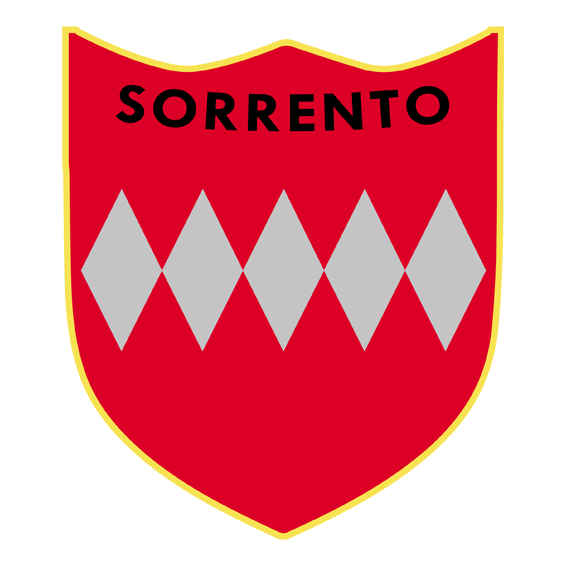
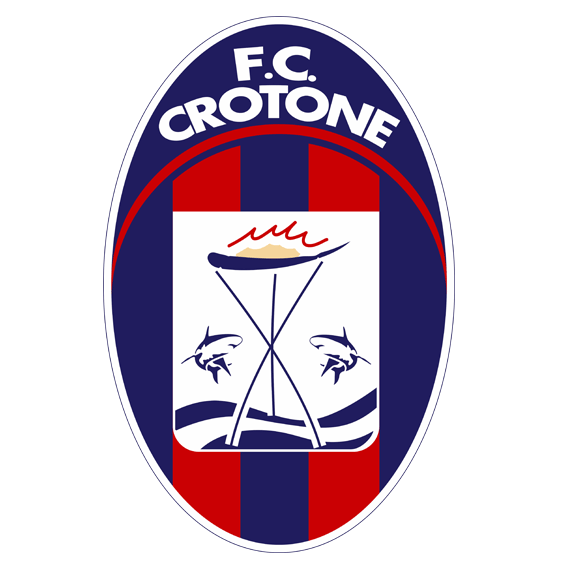
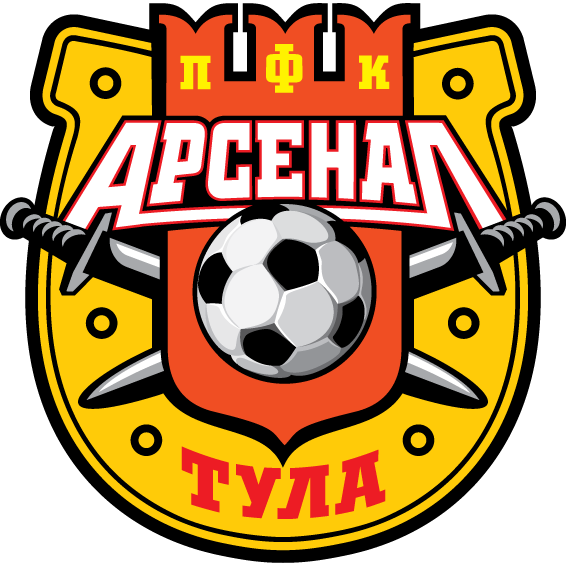
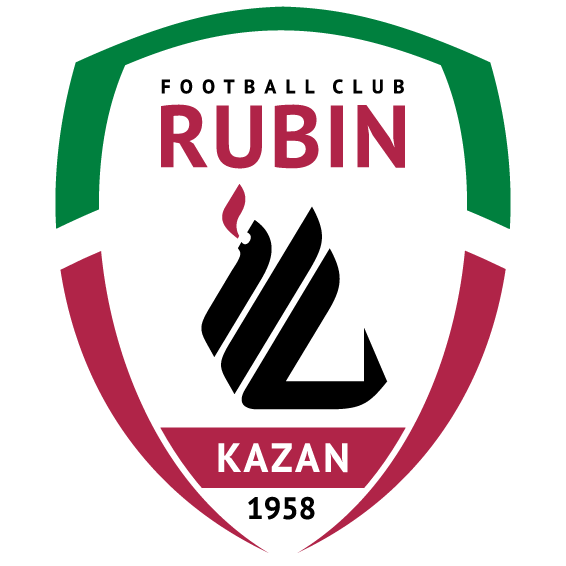


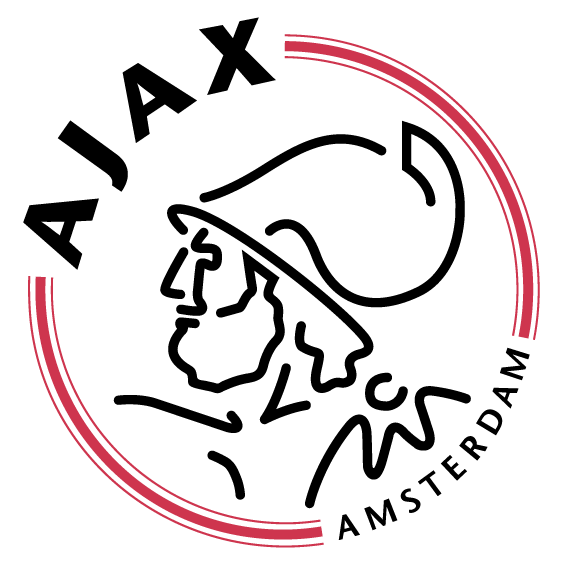
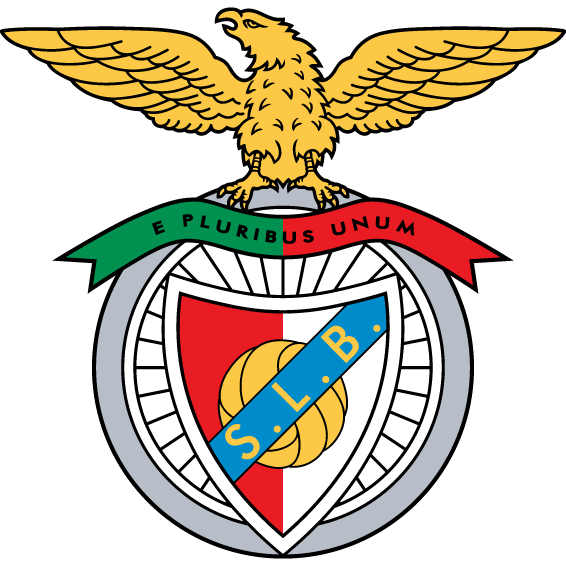
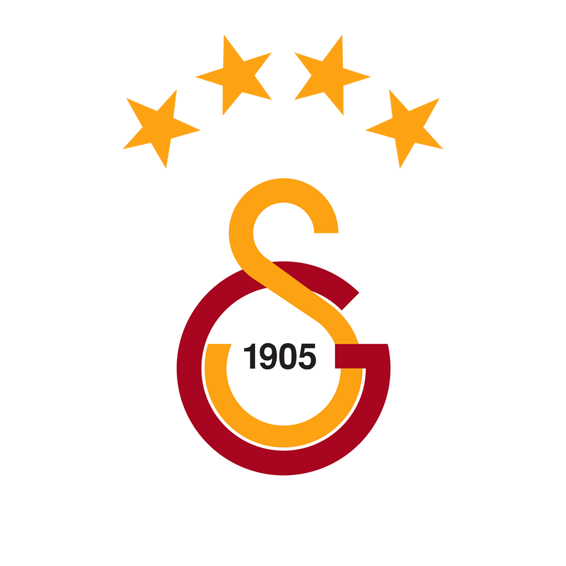
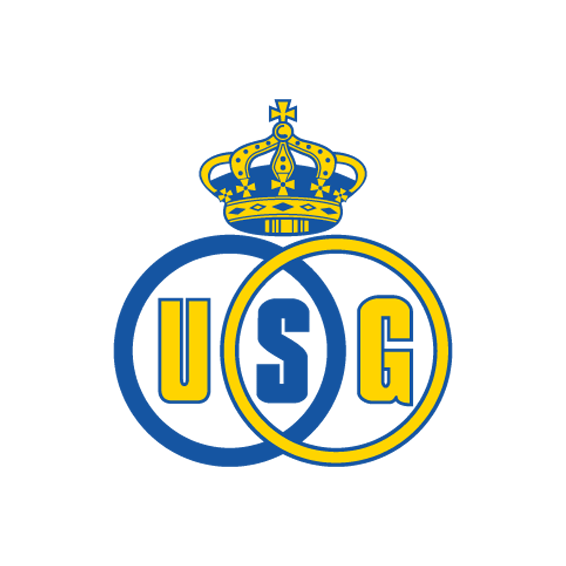


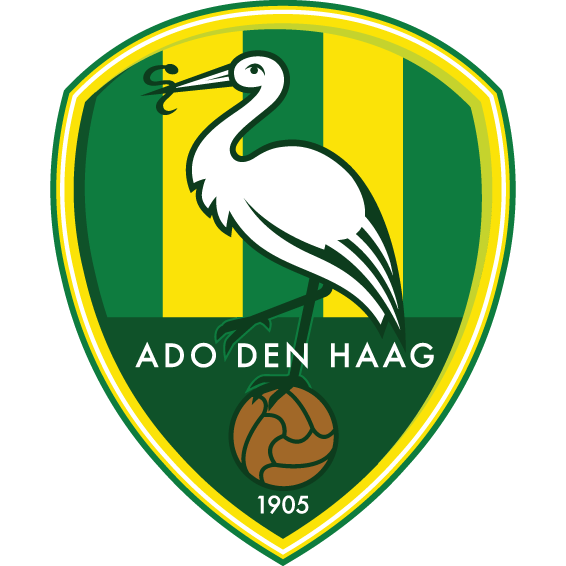
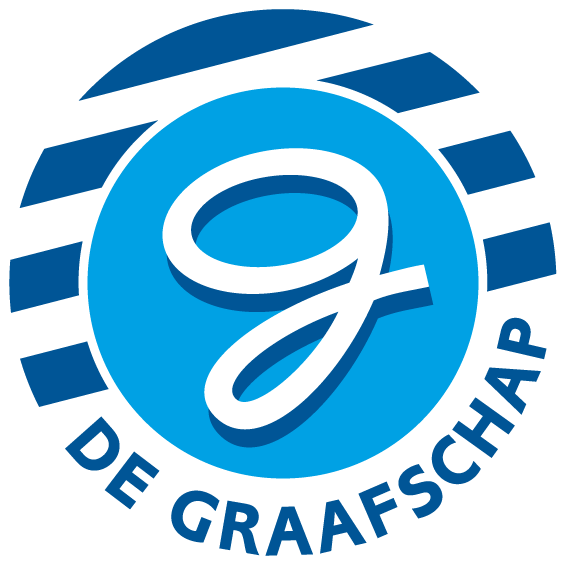
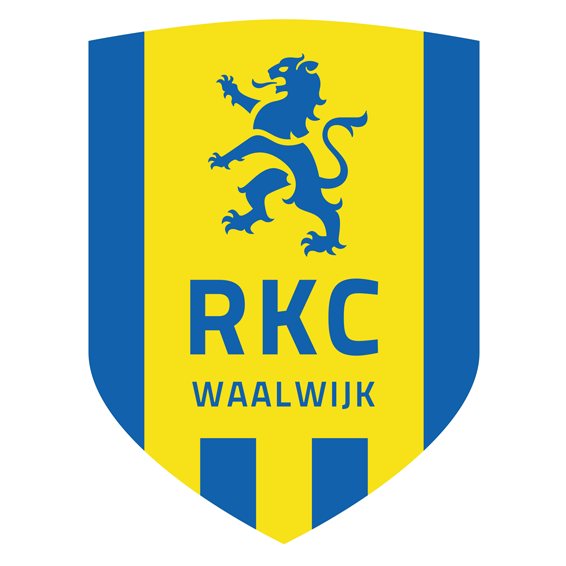
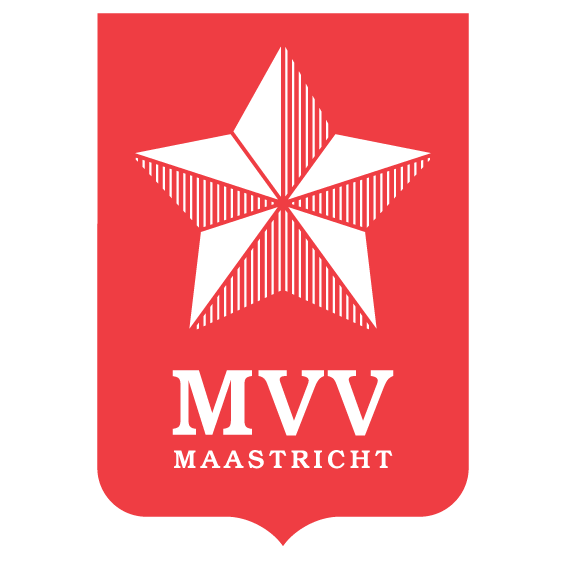
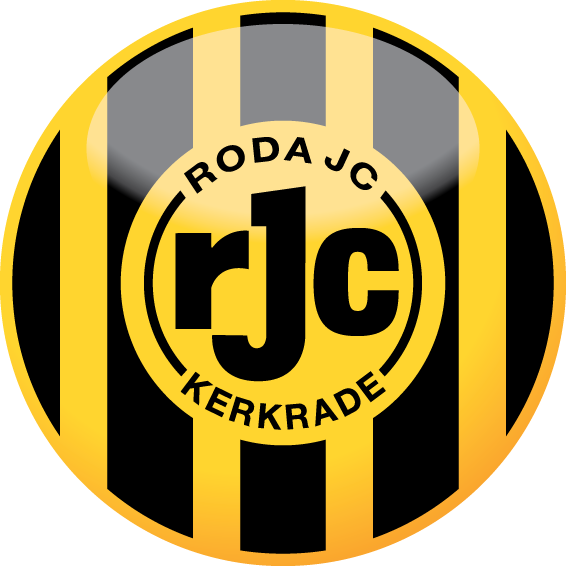

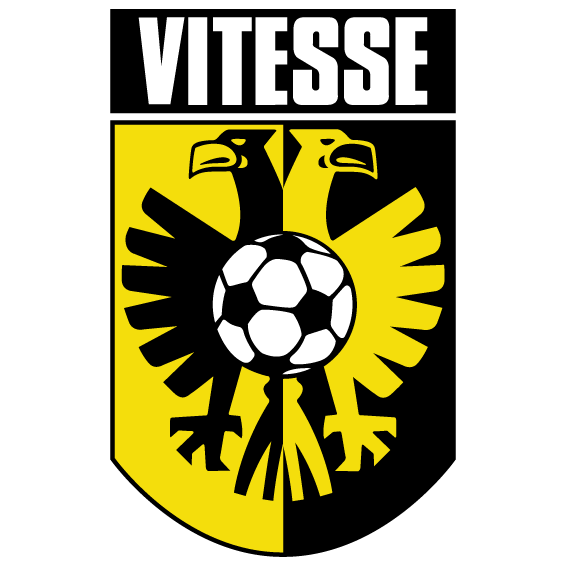
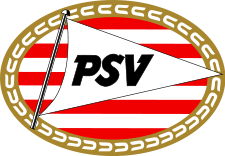
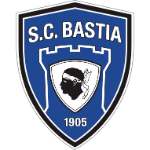
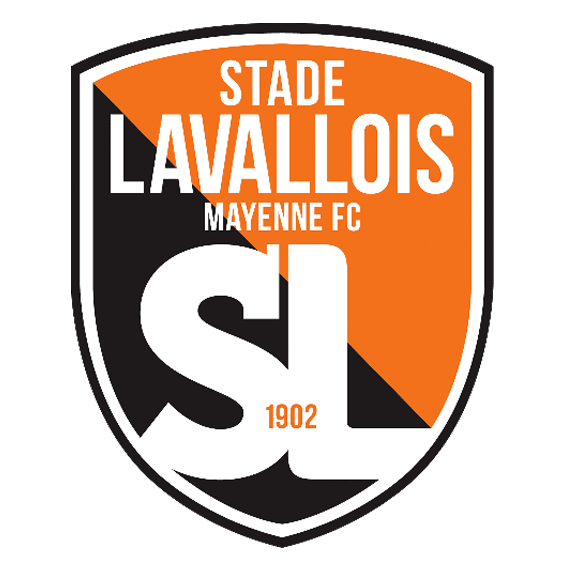























There are no comments yet. Be the first to comment!